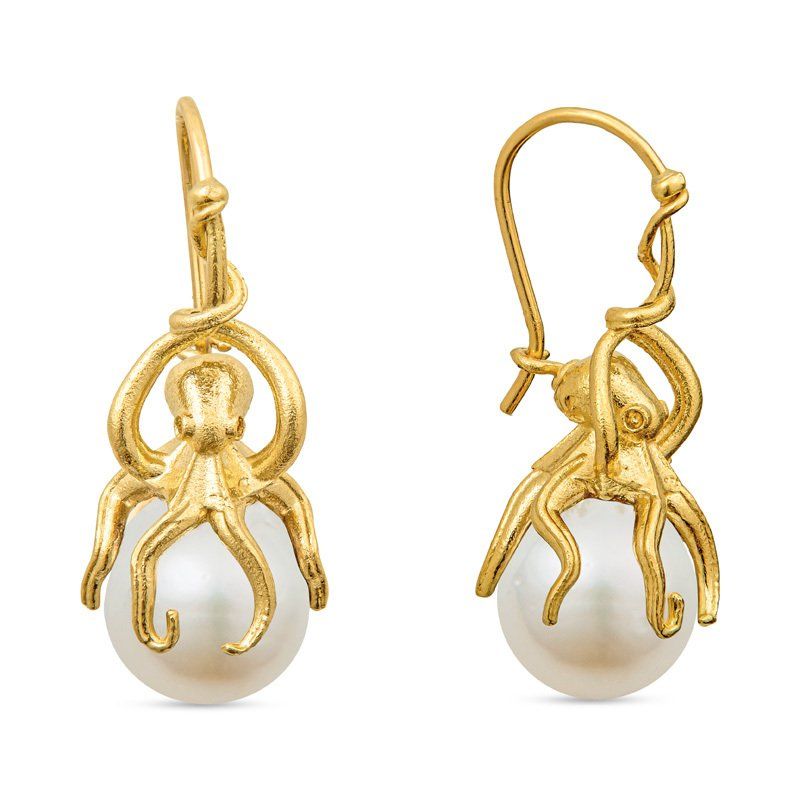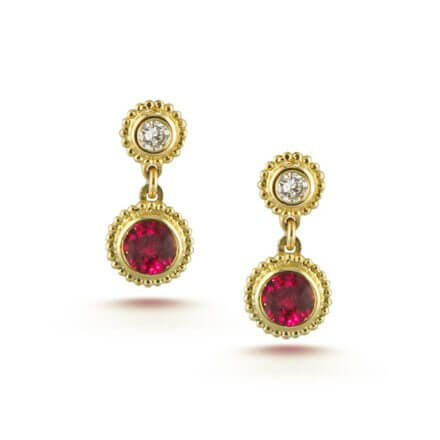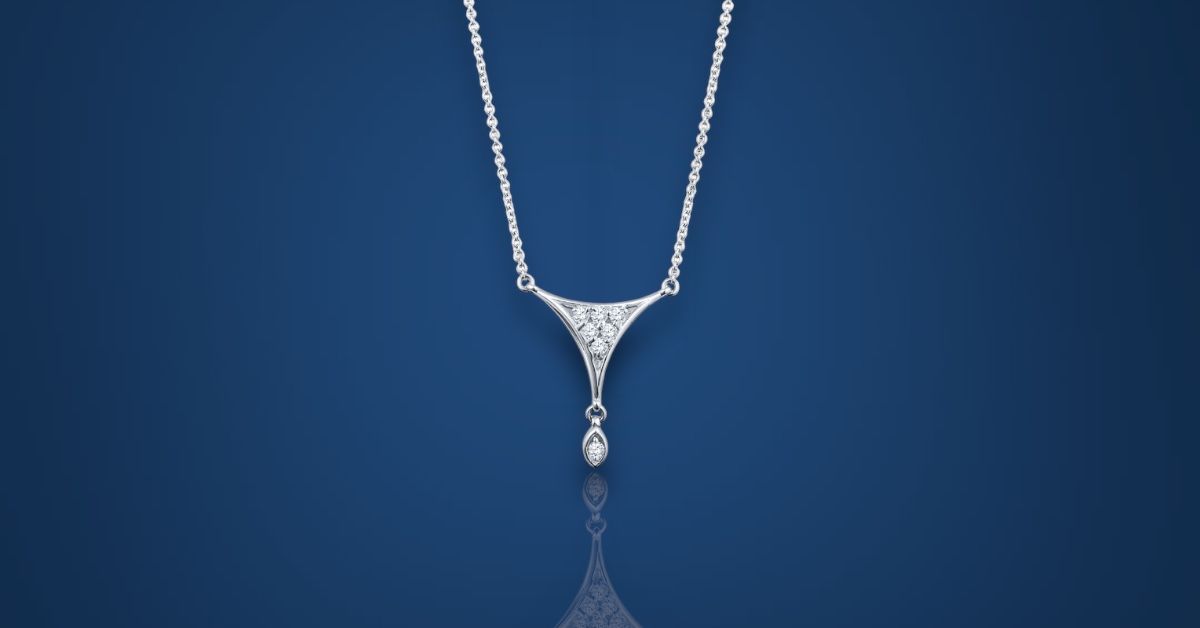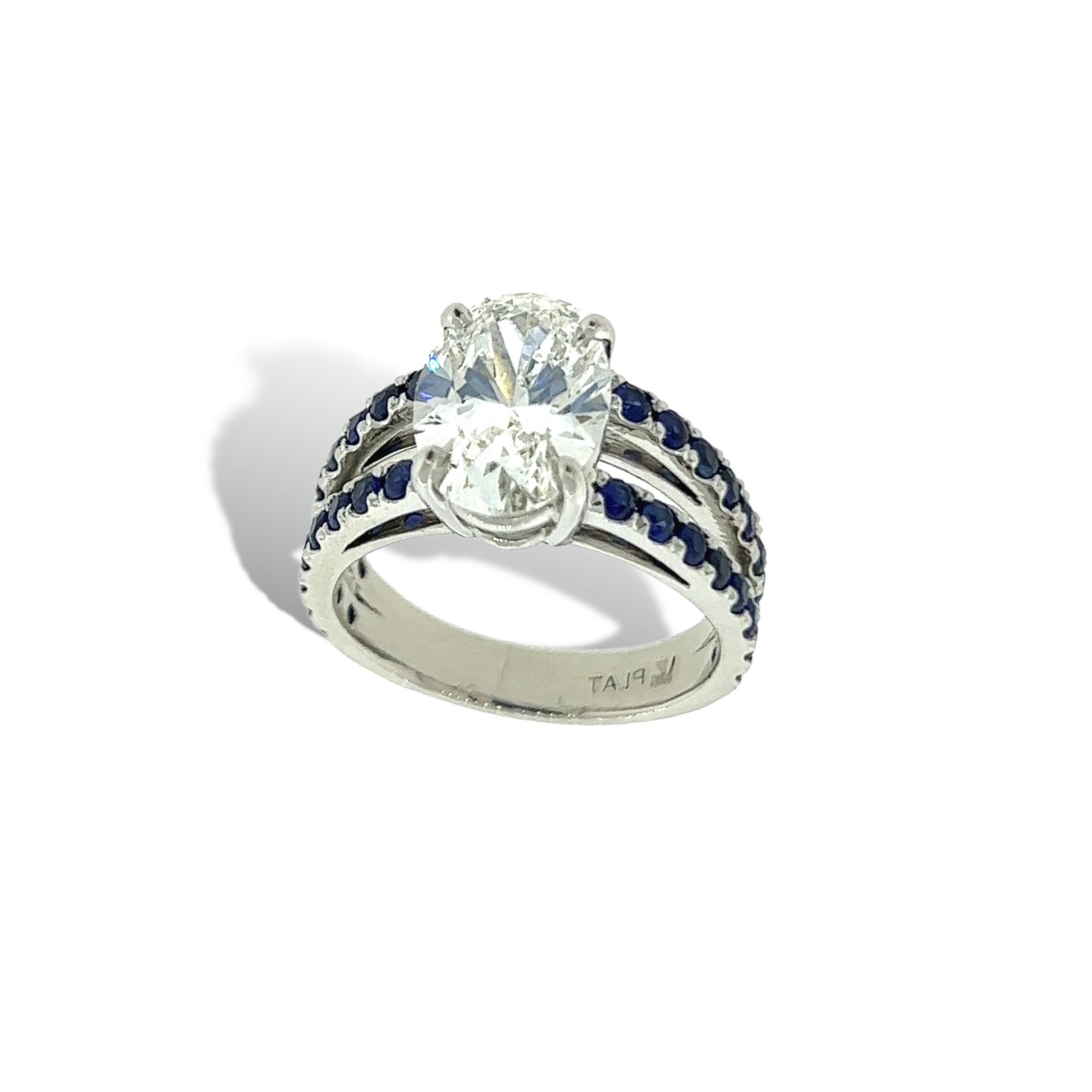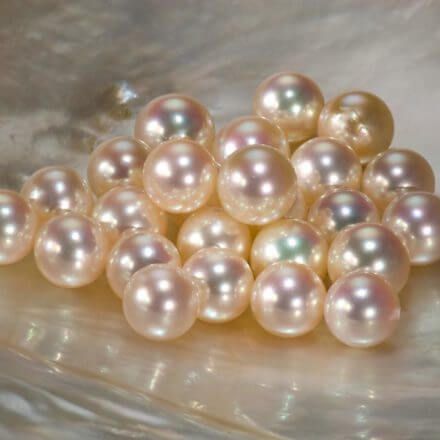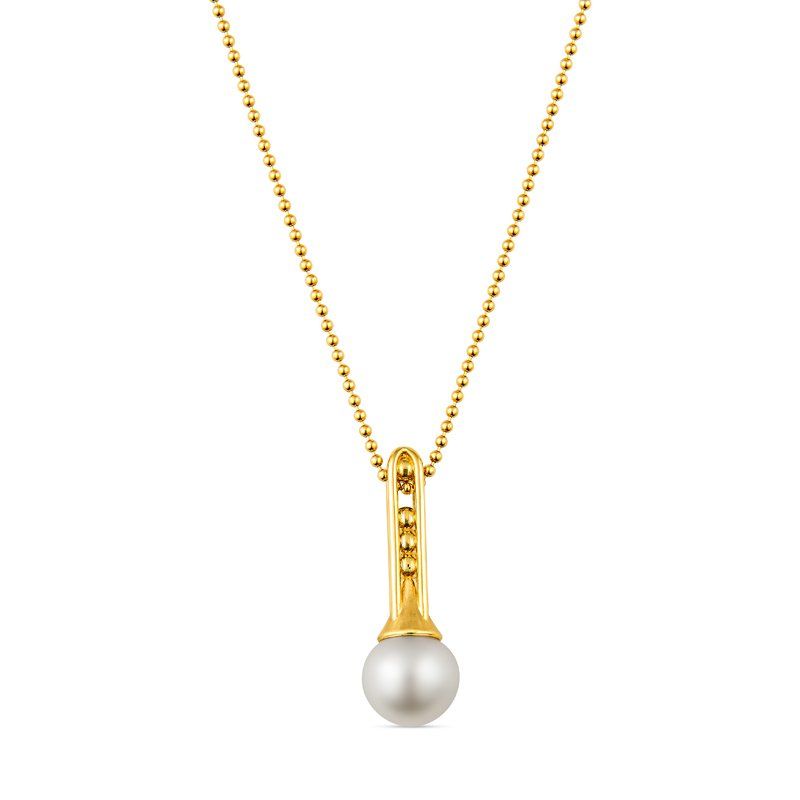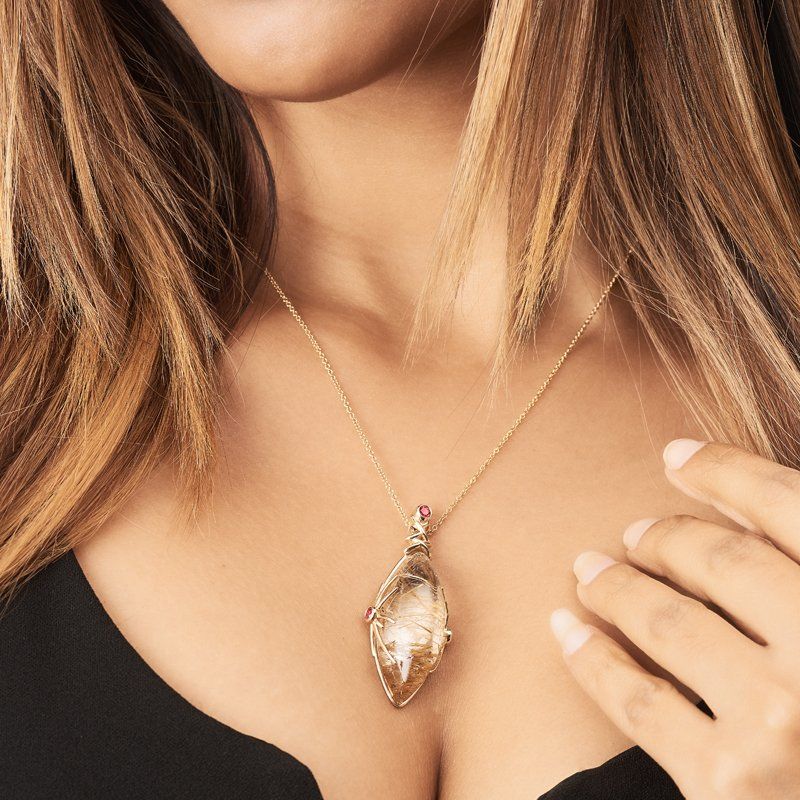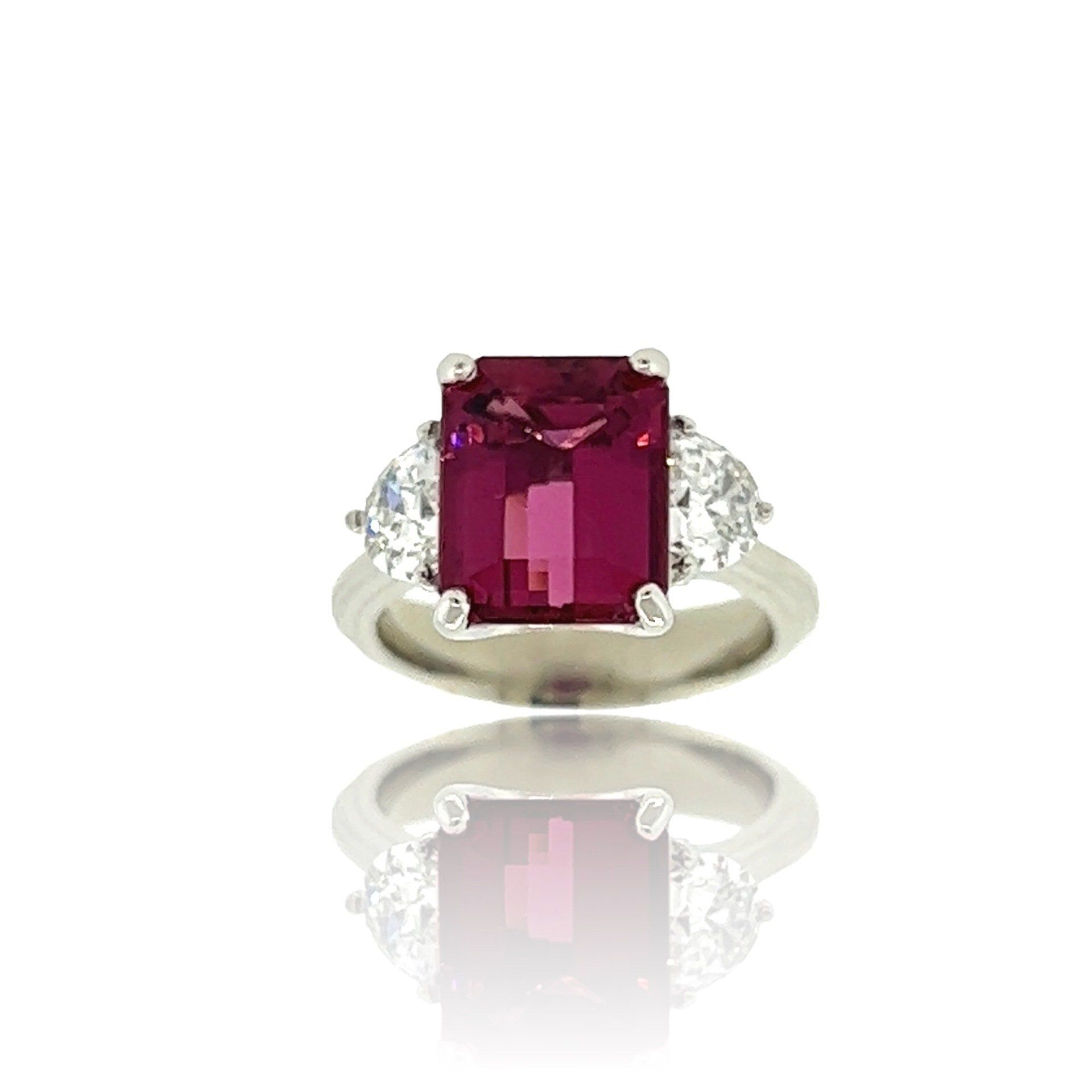of course we buy gold…we’re goldsmiths
Recycling your gold since 1978.
Bring us your tired, your ugly, your broken and we will transform them into something radiant and new that you can treasure for years to come. Jewelry has been recycled and reformed for a millennium. Just think of the crown jewels, almost every new ruler took what they had and reshaped it to fit the style of the times. If there are pieces that have been passed down for generations that you just don’t feel that you can part with, why not use that metal and make something that you will love. I bet your relations would appreciate that you valued it enough to make it into something you feel proud to pass down to the next generation.
Every day you probably throw an aluminum can into a recycling bin but did you know that recycling gold is just as important? Our studio casts gold that we purchase from our clients, when we need to purchase other metals for casting or send out a piece, we have teamed up with several casting companies that specialize in re-refined and recycled metal casting. By using recycled metals the demand for newly mined gold decreases and the stress on the earth is minimized. It’s a win-win situation.
The post of course we buy gold…we’re goldsmiths appeared first on Official Jewelry By Design Website.
